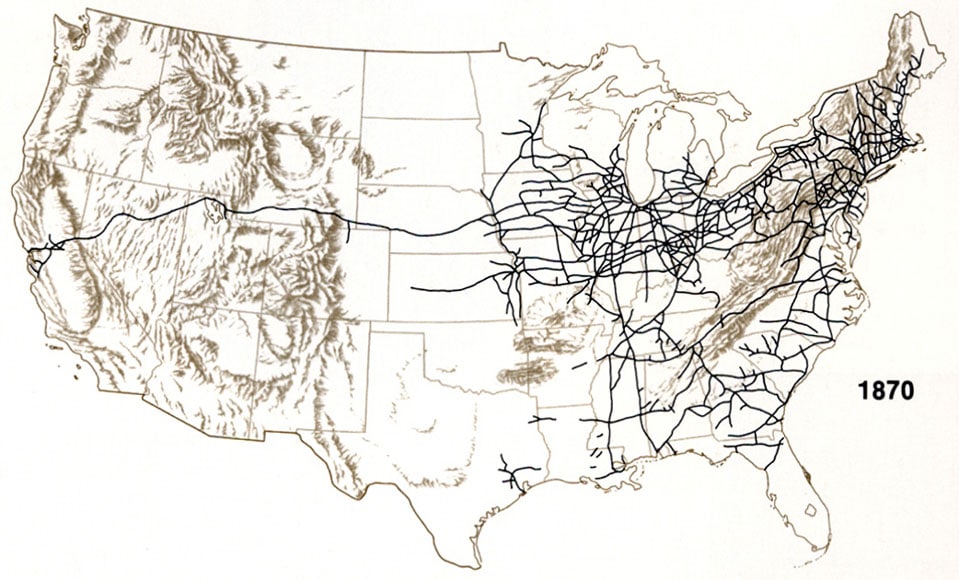The Remarkable History of Kennicott Brothers Company
August 28, 2014
Our primary supplier of flowers, Kennicott Brothers Company, has not only shaped the history of Chicago, but the entire country as a whole.
In 1836, John A. Kennicott, a renowned physician, founded The Grove Nursery on a small forty-five acre lot in modern-day Glenview, Illinois. This served as the first commercial plant nursery in the burgeoning metropolis of Chicago.
 Taken by Ed. L from FourSquare while visiting the Kennicott family estate in Glenview, IL.
Taken by Ed. L from FourSquare while visiting the Kennicott family estate in Glenview, IL.
Kenicott’s clout extended much further than just plants:
- He was essential in founding the Illinois State Fair, which began in 1853.
- Kennicott was also one of the first to propose what would later become the Chicago Botanical Garden, which didn’t open its doors to the public until a century later.
- He was also one of the key supporters of a national system of colleges dedicated to agriculture.
These achievements only added to Kennicott’s status as a local legend. He would supposedly tire out as many as four different horses a day visiting his patients’ houses.
Despite being the family patriarch, John is hardly the only notable Kennicott. His son, Robert, has his own set of historical accomplishments:
- He was one of the first scientists to probe the Alaskan territory before America purchased it from Russia in 1867. To commemorate his ground-breaking expedition west, the Kennicott name has been used multiple times in Alaska.
- Robert was one of the first full-fledged naturalists to explore Midwestern ecology and the effects humans were having on it during the Industrial Revolution.
- He founded the Chicago Academy of the Sciences, dubbed the first “Museum in the West”, in 1857 to nurture the growing need to explore all aspects of local ecology.
Built in the heart of Lincoln Park in 1894, the Laflin building housed the Chicago Academy of Sciences for 101 years.
Believe it or not, the Kennicott family has more movers and shakers than just John and Robert.
Half a century after The Grove Nursery began operating, Amasa & Flint opened Kennicott Brothers Company in 1881 to market the flowers grown in Glenview. Kennicott Brothers was the first floral wholesaler to capitalize on Chicago’s central location as the primary railroad hub of America.
 America’s railroad network during the 19th century.
America’s railroad network during the 19th century.
Kennicott’s first mover advantage has been sustained for over a century as a horde of competitors have flooded the floral wholesale market. Despite this, Kennicott has maintained its dominance in a variety of ways:
- By the 1960’s, Kennicott has begun expanding into the Illinois and Indiana suburbs of Chicago. This coincided with the post – WWII growth of the suburbs as Chicago’s sprawl increased exponentially.
- For a short time in the 1970’s, Kennicott Brothers Co. became the largest grower of roses in Illinois. Since then, most of the growing of plants and flowers has been outsourced to developing countries such as Colombia and Kenya.
- Kennicott is continuing its expansion beyond the Midwest.
- In 2000, Kennicott Brothers Co. became completly employee – owned, effectively ending the founding family’s control over the business.

With such a rich history, Flowers for Dreams is proud to rely on Kennicott Brothers Company for the majority of our floral needs.
SOURCES:
- Historic Illinois: An Illustrated History by Janice Petterchak
- “Exhibit gives Pioneer Doctor his Due” by Deborah Ziff, Chicago Tribune
